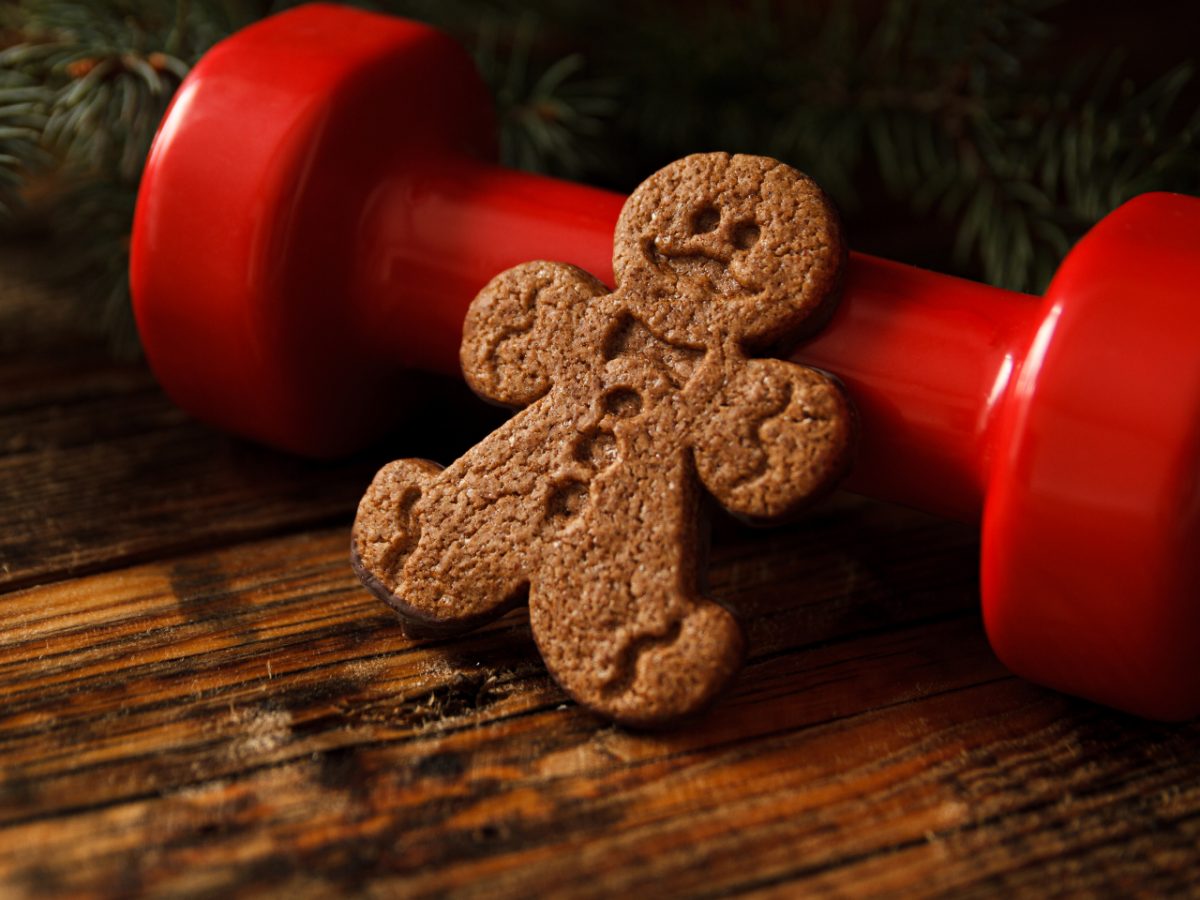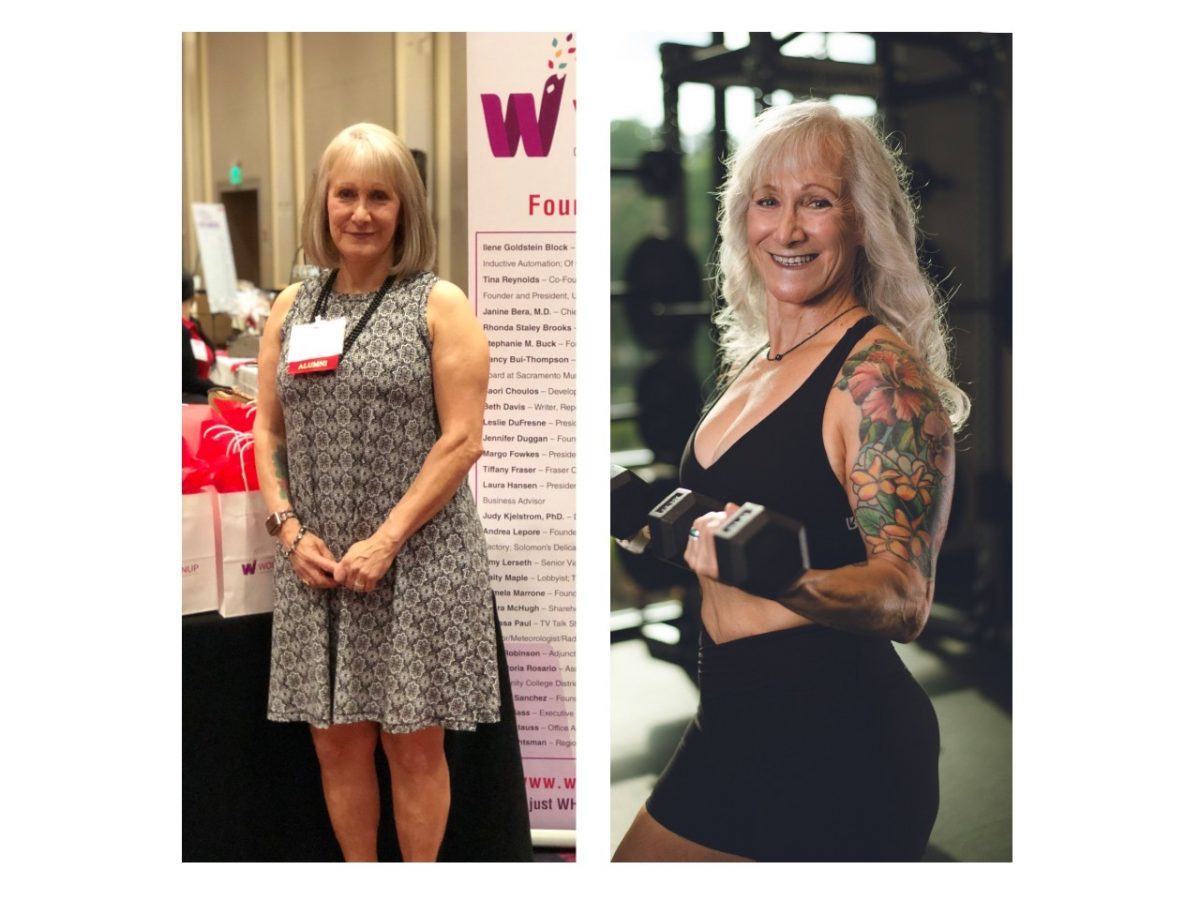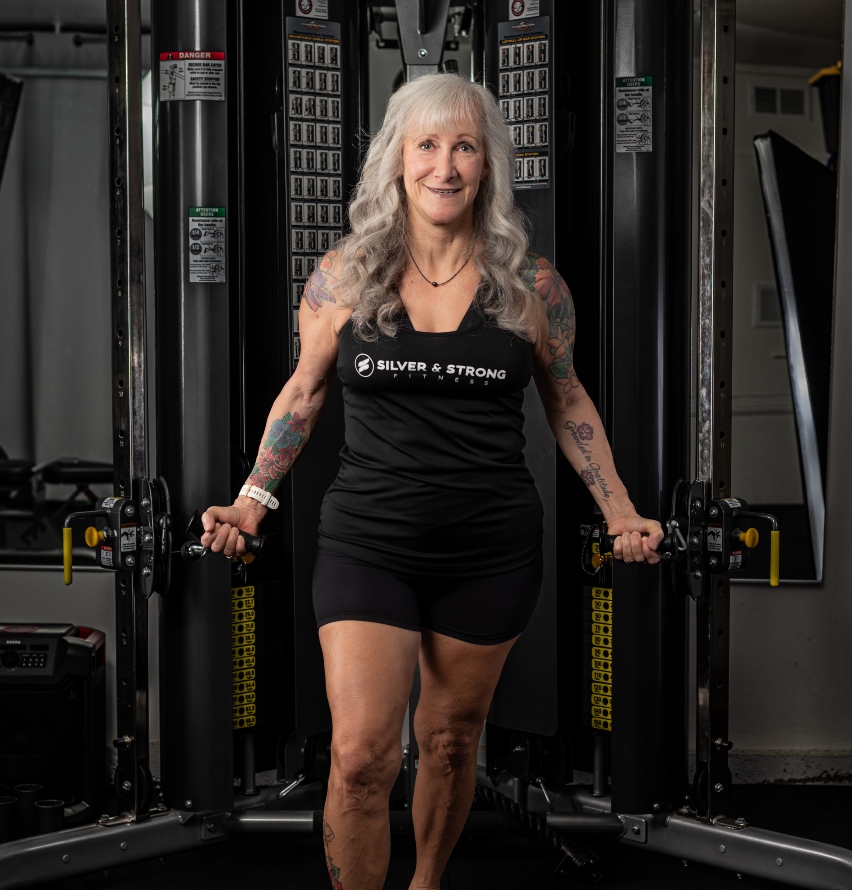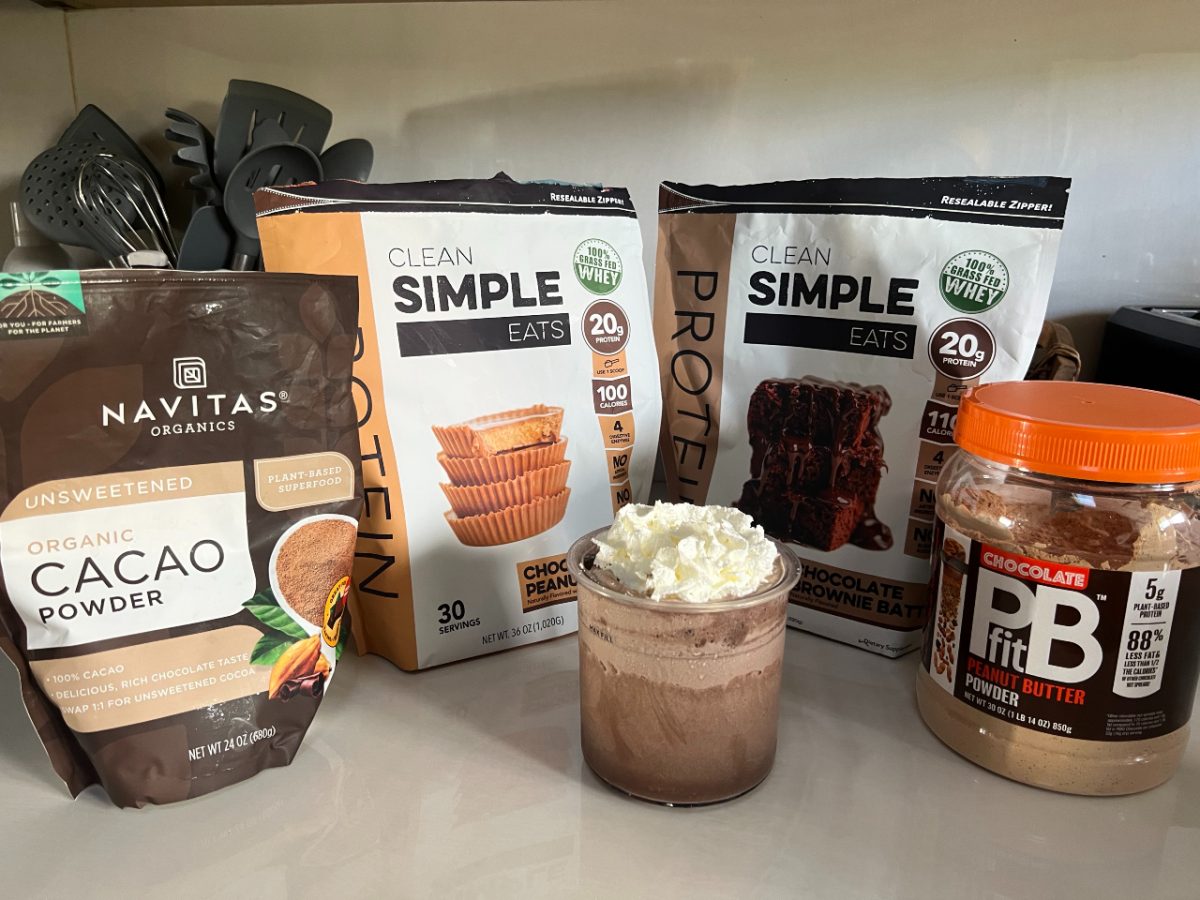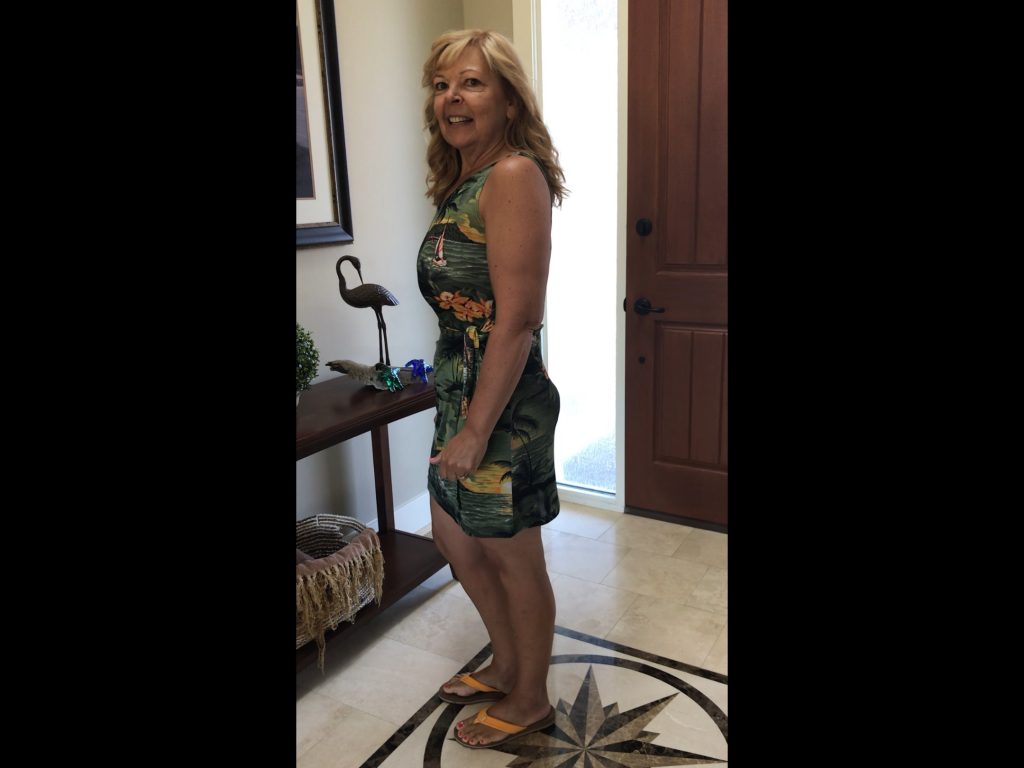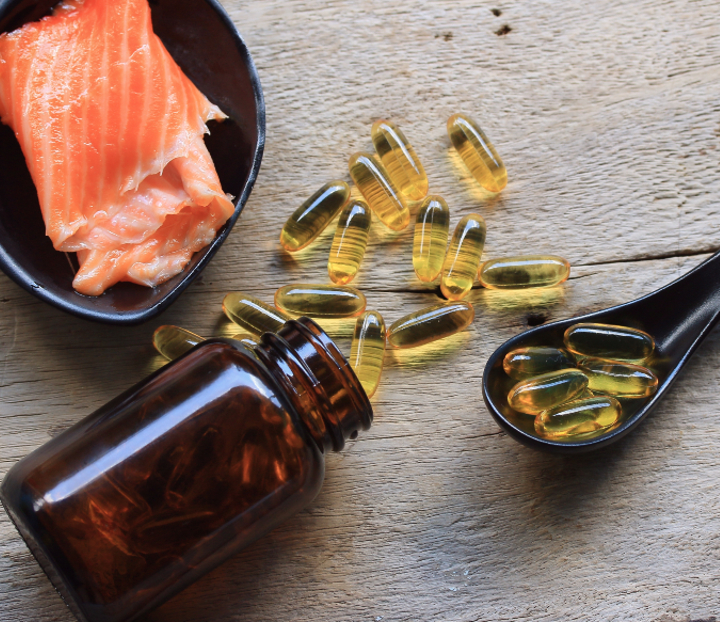It’s that time of the year again – the season of twinkling lights, cozy sweaters, and an undeniable urge to sample every dessert in sight. As the holidays approach – some of which have already started – there is often a sense of joy, wonder, and a desire to be close to others. For some, these next few weeks and even months can feel more stressful than usual with lots of special holiday goodies at every turn, limited time to train due to traveling, and an all-or-nothing mindset that can lead to some self sabotaging behaviors as a result of feeling like they have “fallen off the wagon”.
Perfection is not attainable in any sense of the word and once we relieve ourselves of the pressure to have the perfect meal and workout plan, especially during the holidays, we can more effortlessly enjoy the festivities. We’re going to dive into a few ways that you can prioritize consistency over perfection while also touching on how you can manage holiday weight gain so grab a cup of cocoa, get comfy, and let’s talk about embracing the spirit of the season, staying consistent (but not too serious), and finding the sweet spot between wellness and the unavoidable treat train.
Rolling with the Tinsel: Embrace Flexibility During the Holidays
The holidays can be a juggling act of family gatherings, work parties, and resisting the urge to turn down a second helping of grandma’s famous pecan pie while trying to also stay on top of your training. But the secret to a stress free holiday when it comes to your nutrition and training is finding a groove that lets you enjoy the season without the unnecessary stress. Here are a few tips for enjoying the holidays while keeping that wellness ship afloat.
1. Make Consistency Your Best Friend
Building positive habits and cultivating a strong mindset is a huge part of what we focus on here at Silver and Strong. We all know that consistency is key to seeing results – not just physical but also when it comes to your mindset – but it can feel easier said than done. During the holidays, it’s especially important to lean on the healthy habits you have incorporated into your life and to prioritize balance over perfection. Maybe your workout isn’t a hardcore gym session; it’s more of a dance-off in the living room or a quick stroll around the neighborhood. Maybe you are traveling without access to equipment or a gym so you may opt for a bodyweight workout routine in your hotel room. Whatever you choose, the goal is to keep things moving without the pressure of doing all or nothing.
2. Restriction is Not in Season
Family and work parties are often filled with plates piled high with comfort food and tempting treats everywhere. Instead of stressing about calories, resorting to extreme fad diets, or turning down the good stuff, focus more on enjoying the food you love and trying to be mindful about portion sizes. No guilt, just gratitude for the deliciousness in front of you. If you do over-indulge and are physically not feeling your best, try to drink lots of water, get plenty of sleep, and remember that tomorrow is another day. Those habits you have been building are going to be key to getting yourself back on track.
3. Fun Holiday Food Hacks
If you do happen to be counting macros for weight loss and are opting to track during the holidays, there are a lot of low effort ways that you can make it easier to lighten things up while still enjoying your favorite festive foods. Here are just a few:
- Add ½ scoop of chocolate protein powder to your hot cocoa for some extra protein to keep you satiated.
- Use bone broth for your gravy or stuffing instead of traditional stocks or broths for extra collagen. Collagen may also aid in supporting joint health.
- Offer to bring a dish to any gatherings you may be attending. This will ensure you have something on hand that you will feel comfortable eating and that aligns with your goals.
- Try some DIY versions of your favorite holiday drinks like high protein egg nog or a festive mocktail.
- Use greek yogurt as a replacement for any of your dishes that may use sour cream to get in some added protein. If you are making a dessert or sweet dip that uses traditional cream cheese and can find greek yogurt cream cheese, this is another great option to get protein in.
- Add some ground chia or flax seeds into your pie crusts for some fiber and omega 3’s.
4. Create New Holiday Wellness Traditions
Your training routine might get a little thrown off during the holidays, and honestly, that’s to be expected. The silver lining is that this is a great opportunity to practice flexibility and switch things up a bit. For example, if you will be traveling and won’t have access to a gym but still want to workout, try a bodyweight strength workout without equipment. And instead of worrying about missed reps, get in what you can, when you can. 20 minutes instead of 40 is better than nothing. If you spend time with friends or family during the holidays, this could also be a great time to start a new wellness tradition like taking a brisk winter stroll through the park, signing up for a local holiday run, or even a family dance party. When your workouts feel more like a fun holiday tradition, you may be more prone to stick to them.
5. Maintain Positive Self Talk
So the grand plan to stay on track, fell through when someone brought out the cookies, and suddenly it’s a full-on sugar fest. No one’s perfect, especially during the holidays and if you miss a workout or indulge a little too much, it is not the end of the world. The important thing is to be kind to yourself and jump back into your routine when you can.
6. Don’t Forget to Prioritize Quality Sleep
Amidst the holiday chaos and all of the hosting or traveling you may be doing, one thing that often gets neglected is sleep and sleep quality. Getting enough sleep is a critical key to many other areas of health, so prioritize getting in at least 8 hours of sleep and your body and mind will thank you.
Cheers to the Holidays!
This holiday season, forget about perfection and instead focus on the healthy habits and positive mindset you have worked to cultivate. Consistency over perfection is all about celebrating the holidays in a way that feels good for you, without restrictions or extremes. Whether it’s dancing in your PJs to your favorite holiday hits or savoring that extra piece of pie, find your groove and make this season one for the books. Cheers to a laid-back, stress free, and festive end to the year!

